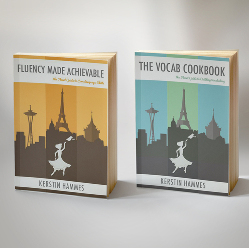Please, speak slowly and clearly.
Avalanche: they occurs when a mass of snow falls down a mountainside. That is because new snow (which is not wet) accumulates on a more heavy snow layer. Since the new snow layer is not compact, it could slide down toward the base of the mountain.
Avalanches could be triggered by loud noise (yells, firearm shots, etc.). Skiers, snowboarders and climbers could also cause an avalanche.
There are two ways to reduce avalanche risks: by installing snowsheds or by triggering controlled avalanches. These protection fences are made of rocks, soil and other materials. They prevent avalanches to fill trails used by humans.
Controlled avalanches cause the accumulated snow to fall down before it could trigger avalanches by itself. When nobody is in danger, explosives are used to produce a loud noise that causes an avalanche.
Wildfires: (incendios forestales) they are dangerous for all people living near woodlands.
In the wild, wildfires are ignited by lightning. But some wildfires are caused by careless campers who did not extinguish their campfire or by walkers who threw their cigarettes in the woods. 80% of wildfires are caused by careless people. Wildfires move forward rapidly, even more if winds blow and the weather is dry. To stop wildfires, firefighters use water bombers which carry water and drop it on wildfires. Wildfires do not only have bad effects. In fact, the many dead pin needles, leaves and tree trunks on the ground are burnt to ashes by wildfires. These ashes are full of minerals and help the growth of new trees. By burning trees, wildfires make “gaps” in the forest (called clearings). These clearings allow the sun to heat the ground up and help tree seeds to grow.
Floods: they happen when a watercourse overflows. They could be caused by rain, thaws or ice jams.
Heavy Rain: when it rains, water falling on the ground penetrates it. But when the ground already contains a lot of water, the falling rain could not seep through it. The water then starts flowing toward a watercourse. When it rains a lot on a region, all water flows toward the river, but this river can not contain it; therefore, the river overflows.
Thaw: when spring arrives, snow and ice start to melt and the water flows toward the river. If the temperature rises too rapidly, a lot of water is produced in a short time; the river overflows and a flood happens.
Ice Jam: In spring, rivers thaw out and big chunks of ice detach themselves and drift on the river. Sometimes these chunks get jammed against a bridge or rocks. Consequently, these chunks of ice form a kind of dam.
When water can not flow through this dam, it tries to find an alternate course to reach the river… and, sometimes, this new course is a field, a road or a house basement.

